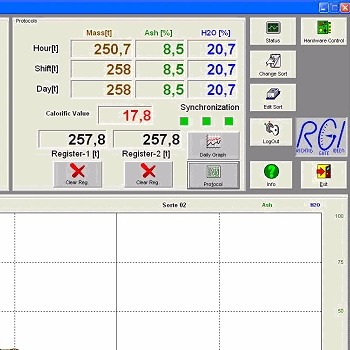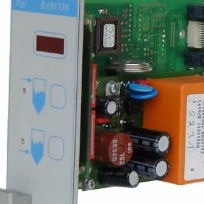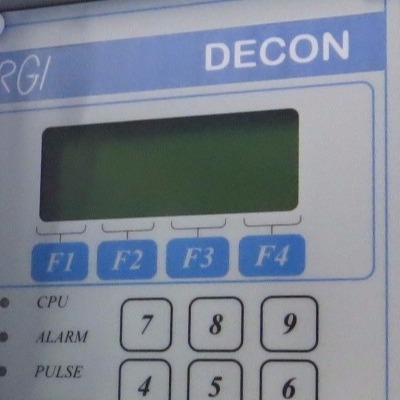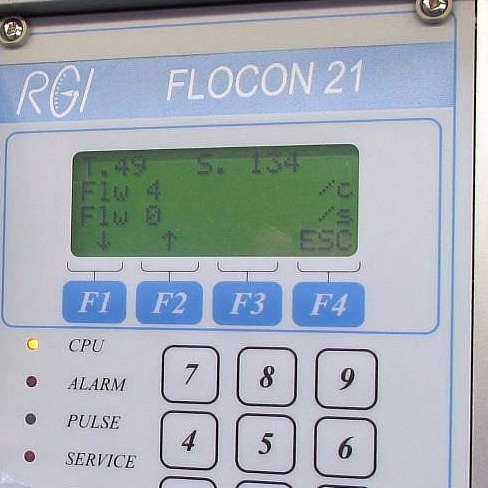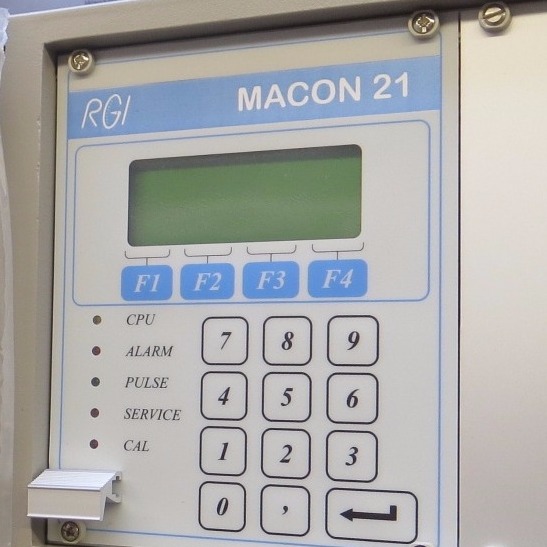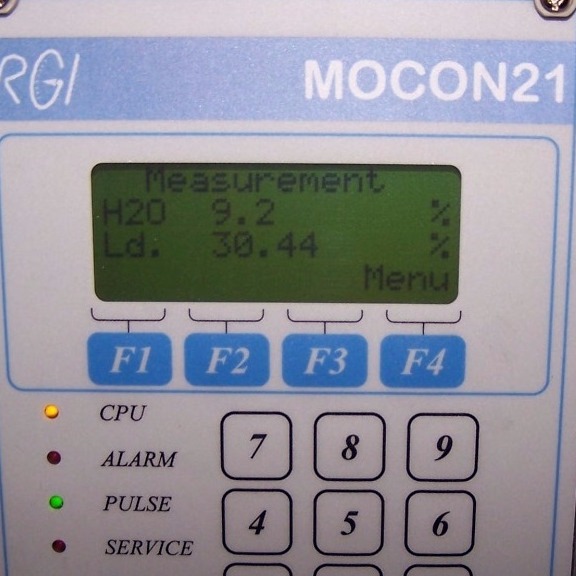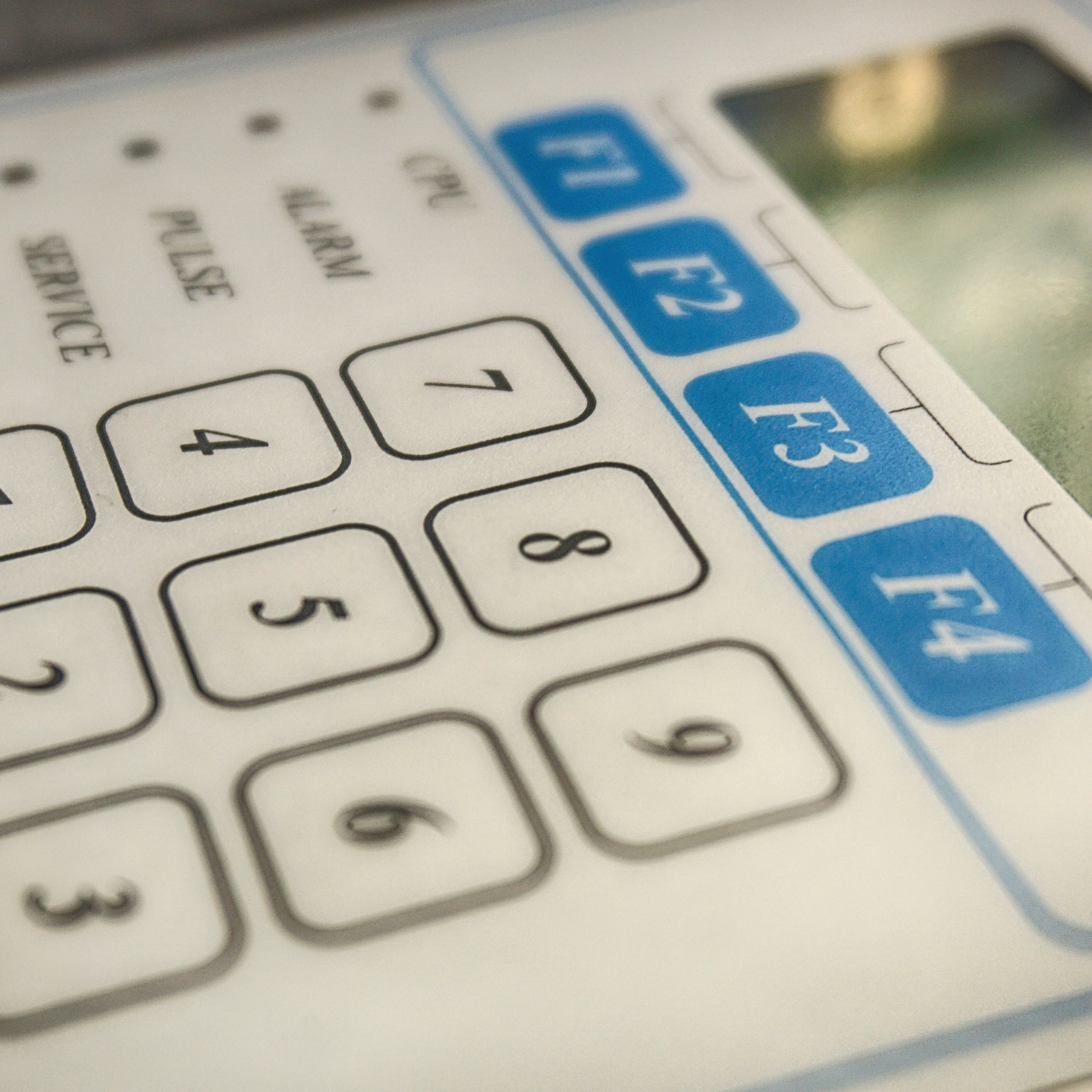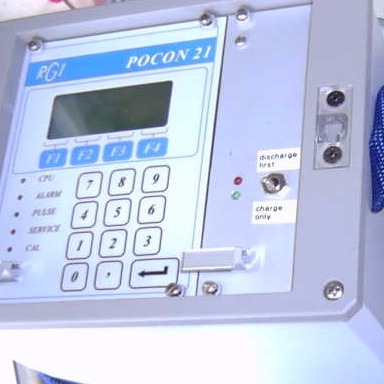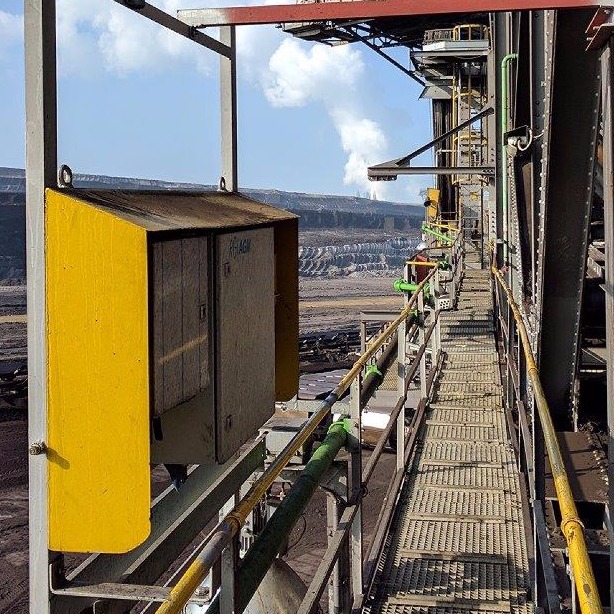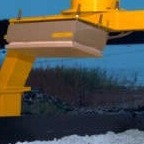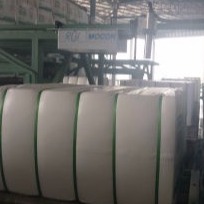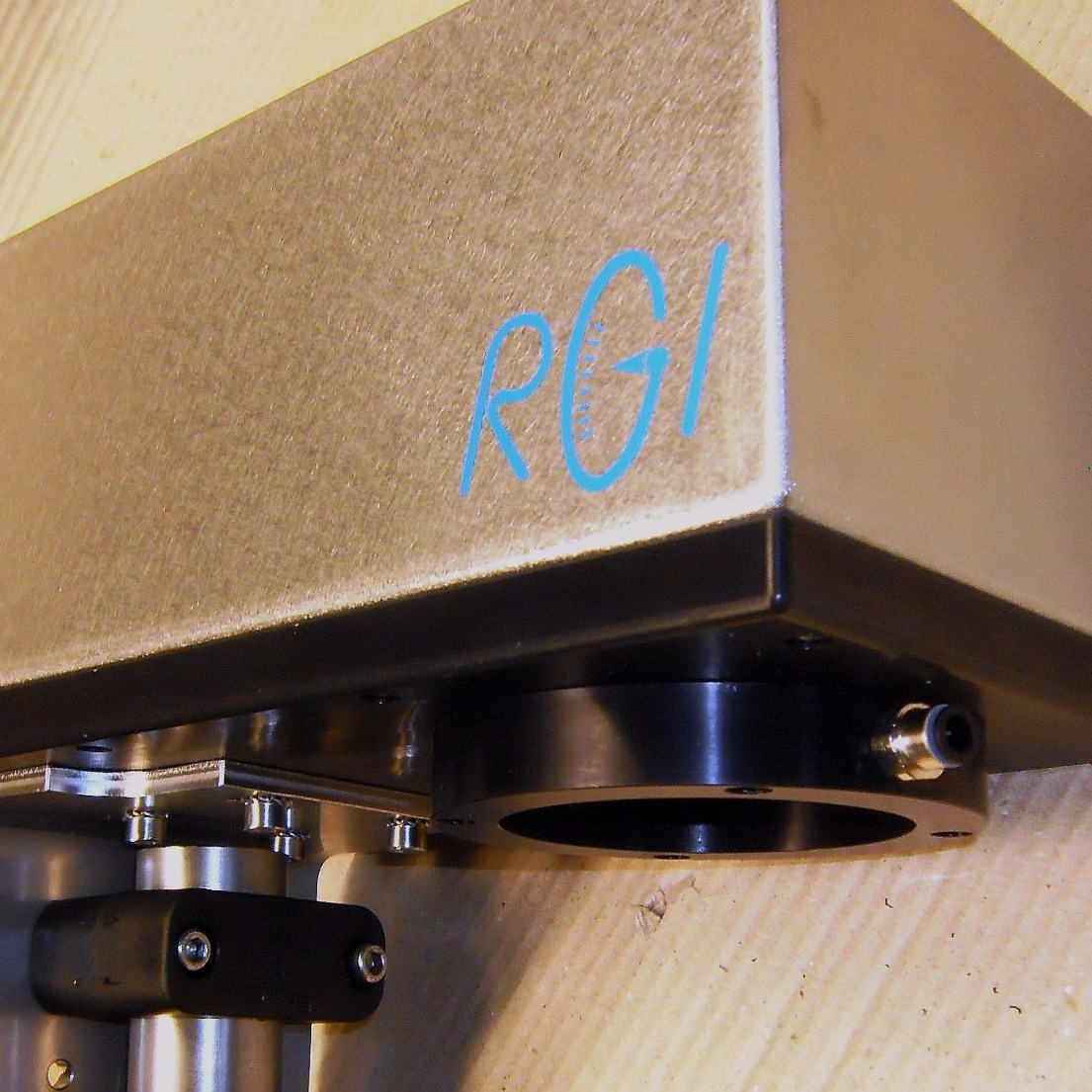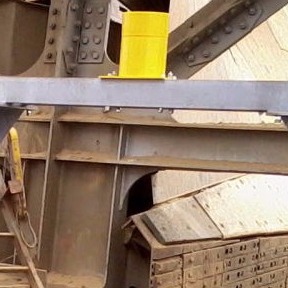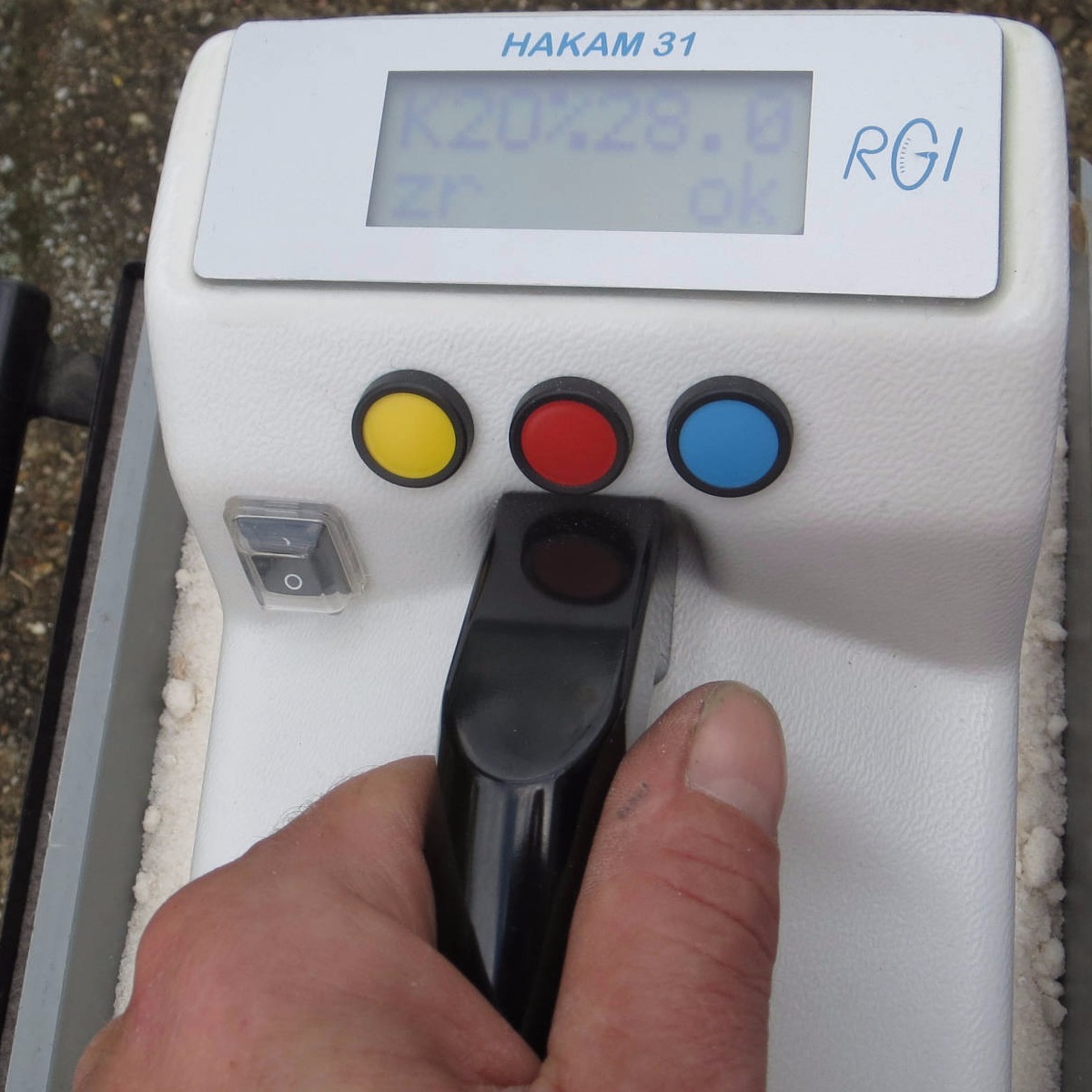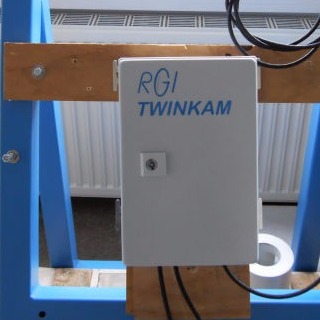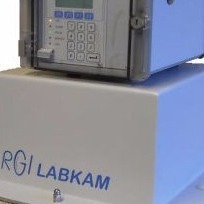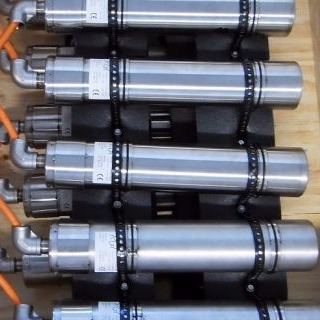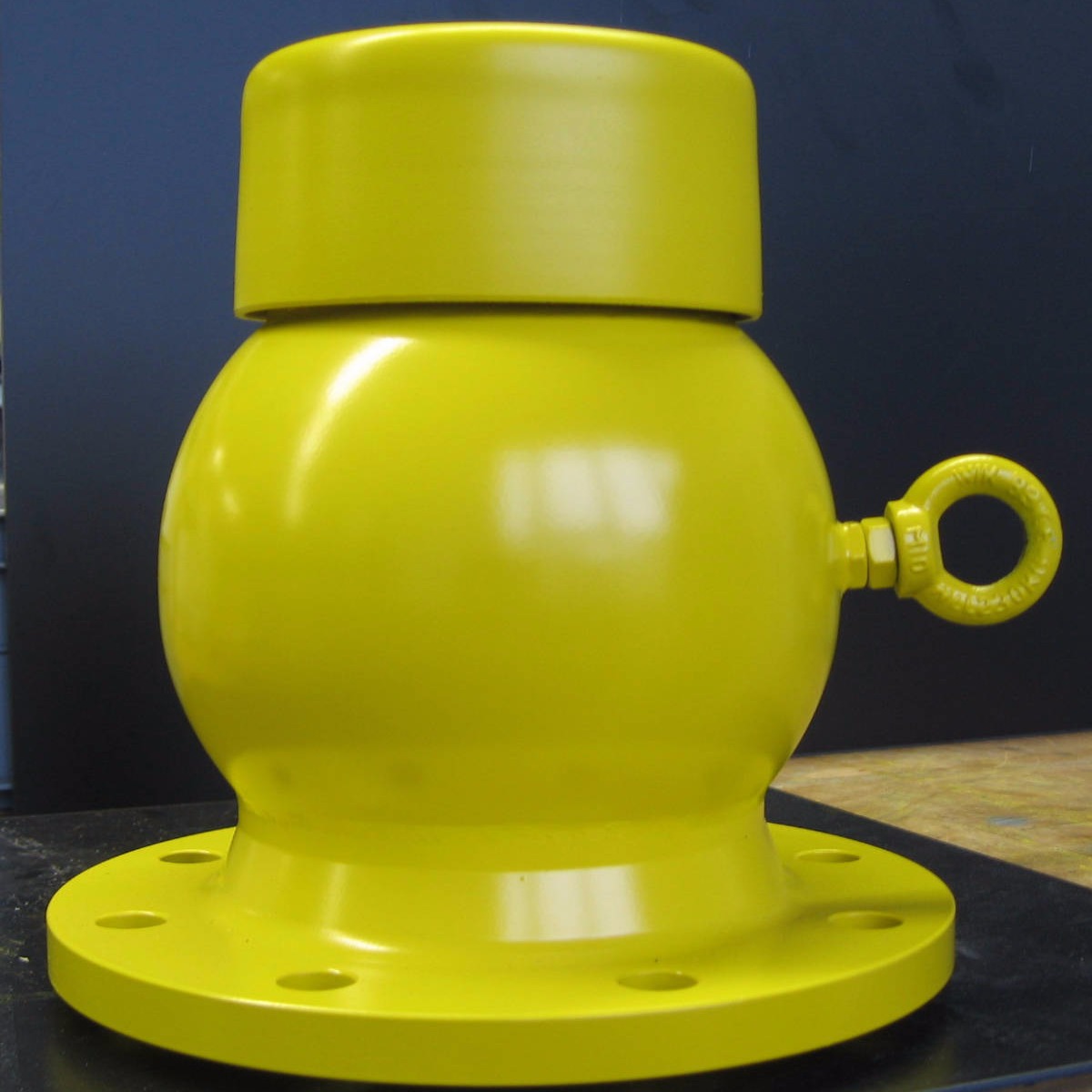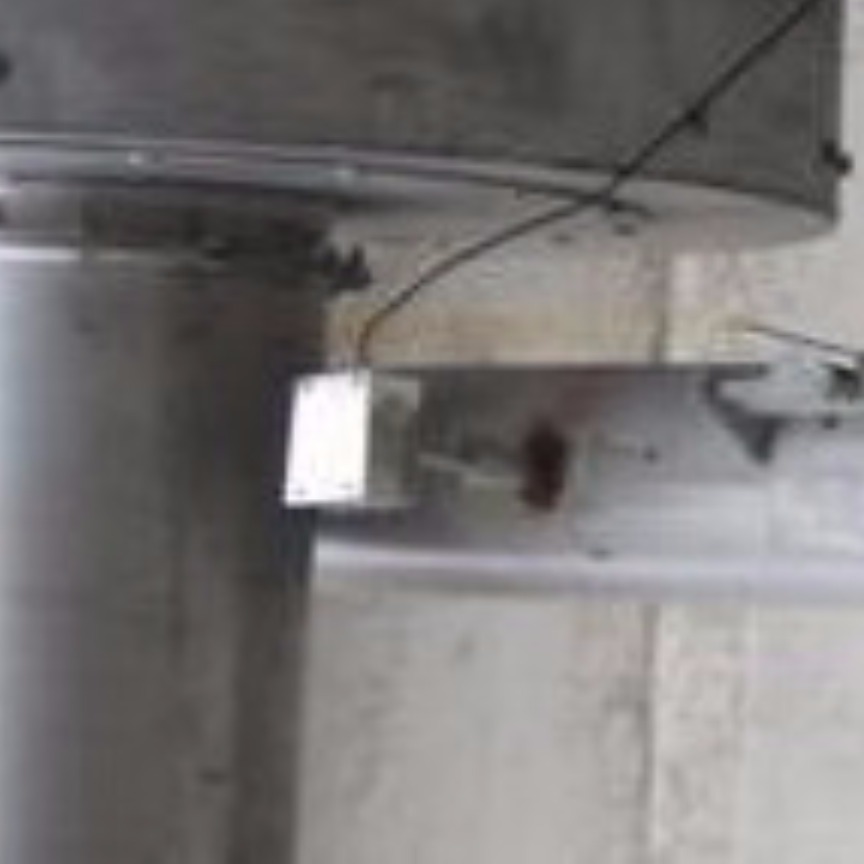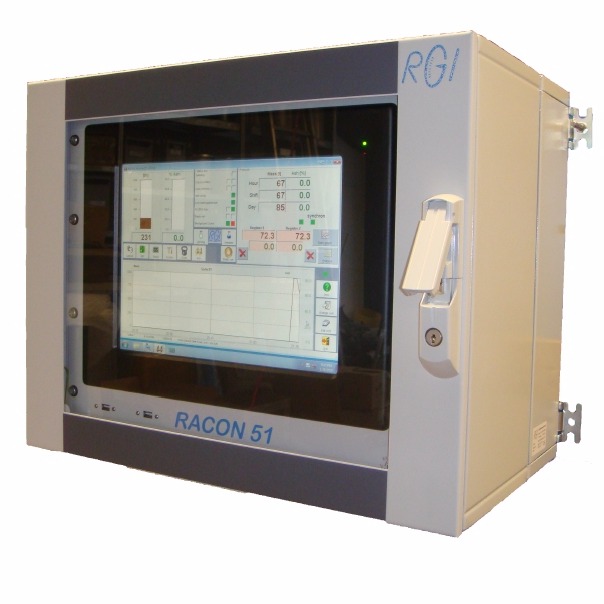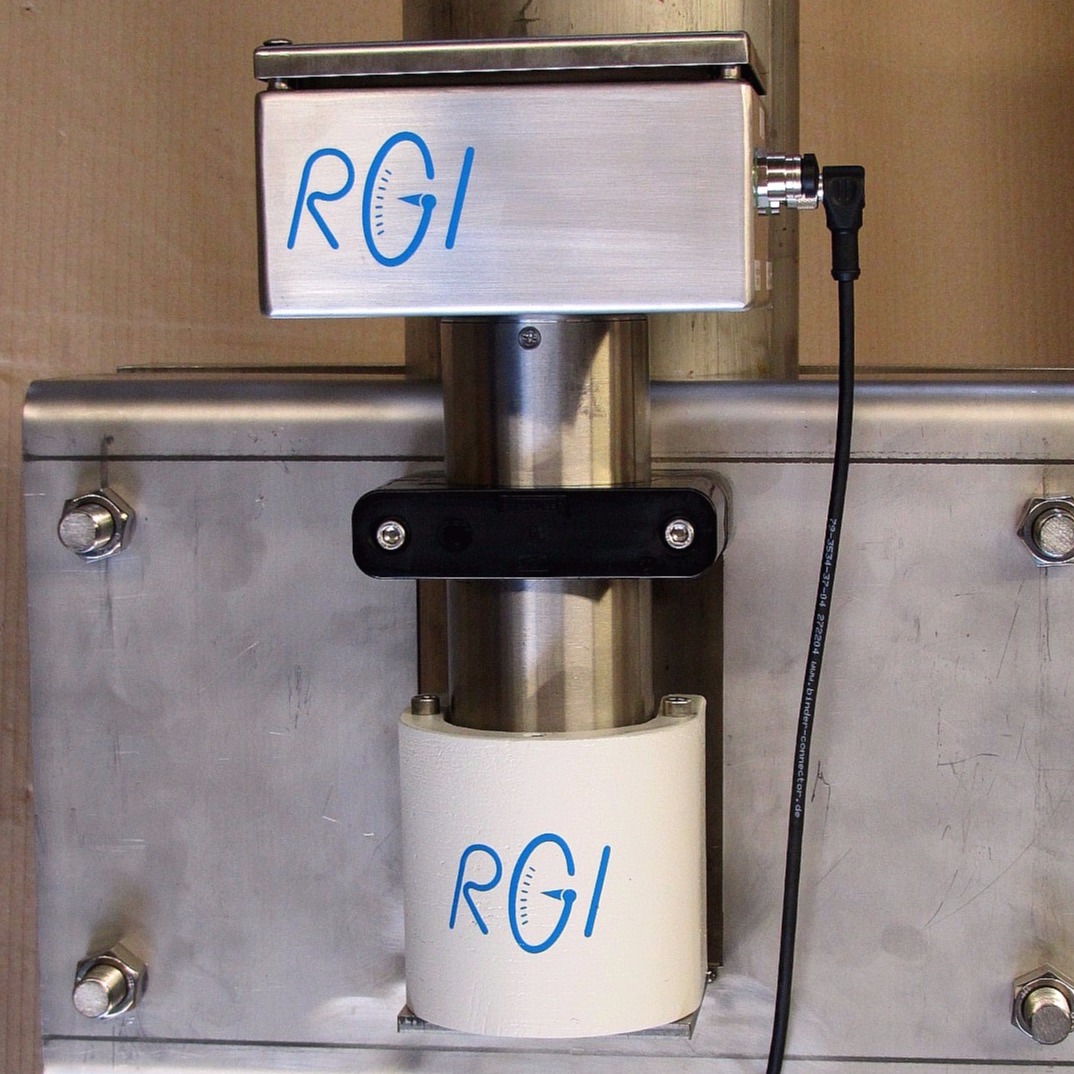Product specification
Software for the continuous determination of ash content in coal
Description
This software is part of a complete measuring system for determining and calculating the ash content in coal consisting of two measuring lines, each with a radiation source, the associated detectors and an industrial PC with the ASH-MONITOR software
ABS80
Container with radiation source
more ... >>>
AD50
Radiation detector for ash content measurement
more ... >>>
Meeasuring principle
Electromagnetic waves such as X-rays or gamma rays are absorbed in the material in different ways.
Therefore it depends on the energy of the radiation and the material itself how it is absorbed.
High energy waves and low atomic numbers are absorbed according to the density (or bulk density) of the material.
Of course, the absorption also depends on the layer thickness, which means that the absorption depends on the weight of the material through which the radiation has passed (the weight increases as the path becomes longer or as the density increases).
